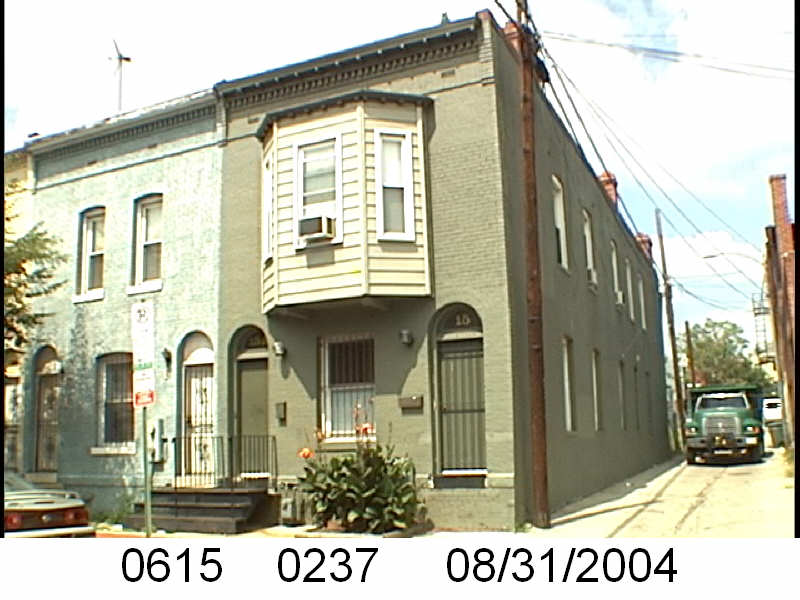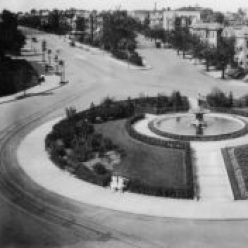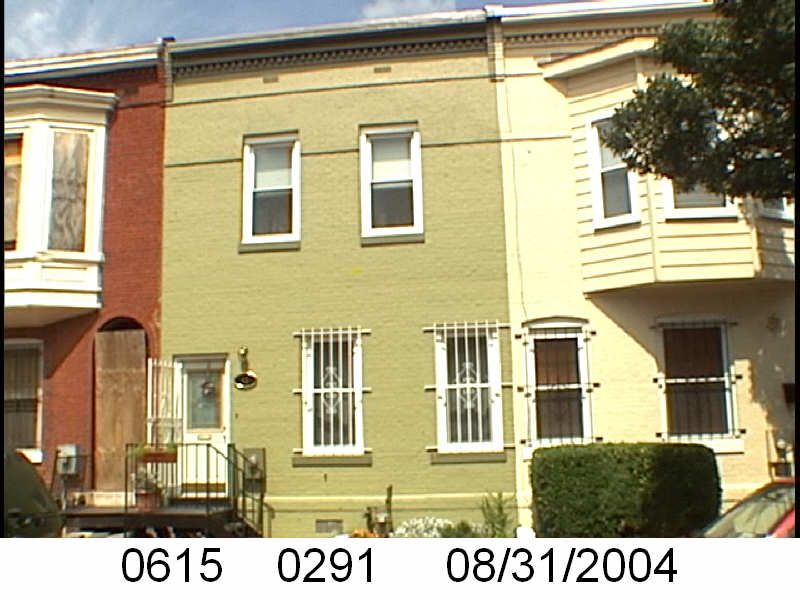This is a redo of a previous post to add a little bit of more info.
The Washington Sanitary Improvement Company (WSIC) was a late 19th century charitable capitalism experiment that ended in the 1950s. This blog started looking at the homes that were supposed to be sold to African American home buyers, after decades of mainly renting to white tenants.
Looking at WSIC properties they tend to have a pattern where the properties were sold to a three business partners, Nathaniel J. Taube, Nathan Levin and James B. Evans as the Colonial Investment Co. for $3 million dollars. Those partners sold to African American buyers. There was usually a foreclosure. In 1956 Nathan Levin died and Colonial Inv. Co. vice president Harry A. Badt took his place in the foreclosure paperwork. Then the property wound up in the hands of George Basiliko and or the DC Redevelopment Land Agency (RLA). Then there were the odd lucky ones who managed to avoid that fate.
Let’s see what happens with 15 Bates St NW:
- January 1951 Evans, Levin and Taube sold the whole of 15 Bates St NW to Jessie I. Johnson, married and Maude Y. Ryles, widow.
- Jan 1951 Johnson and Ryles borrowed $6,050 from Colonial Investment Co. favorite trustees Abraham H. Levin and Robert G. Weightman.
- July 1963 Ryles and Johnson borrowed $6,600 from the Perpetual Building Association with trustees Junior F. Crowell and Samuel Scrivener Jr.
- October 1963 Ryles and Johnson were released from their Jan 1951 mortgage.
- October 1963 Ryles and Johnson benefited from the release of a loan taken out by Evans, Levin and Taube in November 1950.
- December 1976 Ryles and Johnson sold the property Cleveland R. and Harriette Chambliss.
- May 1990 Harriette, who was Cleveland’s widow and her next husband, George W. Crockett Jr sold the house to Lincoln Jenkins.
- September 1990 Ryles and Johnson were released from their 1963 mortgage…. long after they sold the house.
This appears to work as promised. No foreclosures, no slum lords, no redevelopment agencies.
I found the Maude Ryles lived at 15 Bates Street NW according to the 1954 city directory. The rest of her history, I am not 100% about, but here’s my best shot. She may have been Maude Ann Yancey as a 1961 obit for Mariah H. Yancey mentions Maude Ann Ryles as the stepmother to her and several other girls and the foster mother of George Jordon of New York. So that’s where I guess the Y is for. In the 1950 census she was living at 62 Q St NW, Apt. 2, with a roommate and working as some sort of operator for Veteran’s (Affairs?). She died June 1980 and according to the Social Security Death Index she was born May 13, 1902, however her grave differs saying she was born in 1903.
According to the obit on the Find a Grave site, Jessie Y. Johnson was her sister. So I looked for her in the 1954 city directory and found her at 15 Bates Street NW. It appears she was an examiner for the Bureau of Engraving and Printing. In the 1950 census, she too was living at 62 Q St NW, but Apt 1. She was living with her husband Chester Arthur Johnson and 20 year old daughter Iris.







